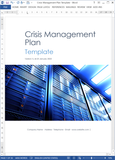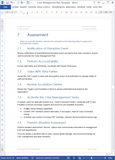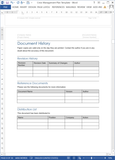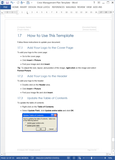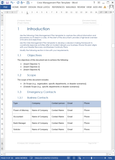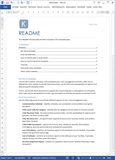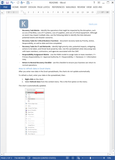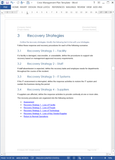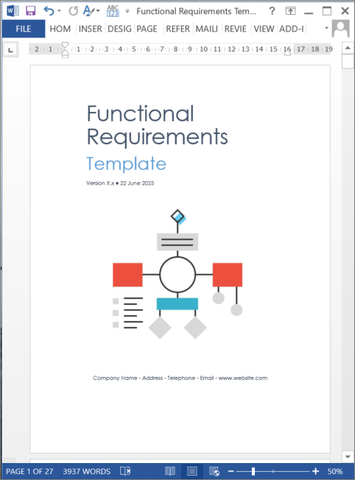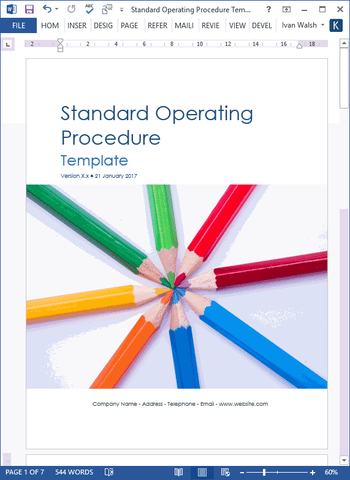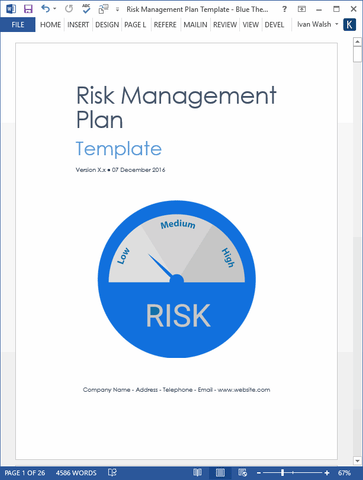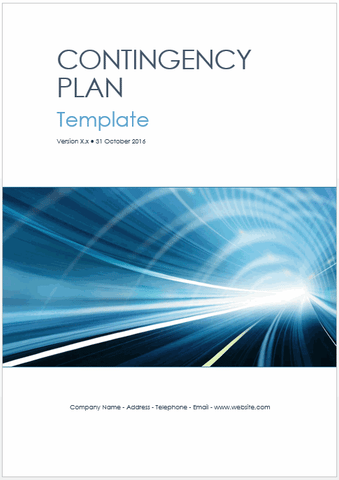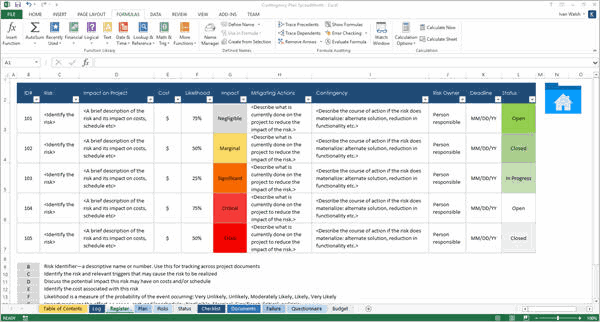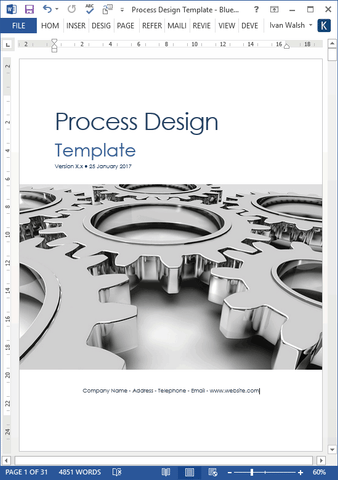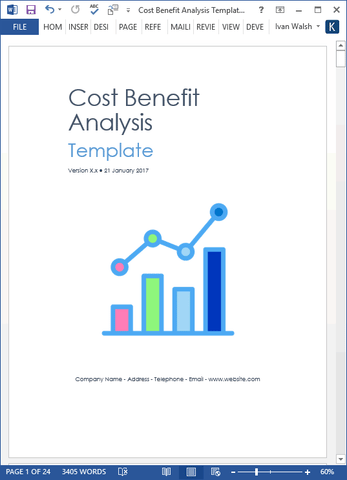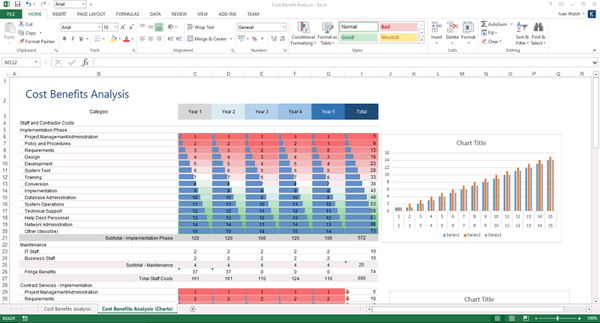Use these Crisis Management Plan templates to develop a flexible response plan for unexpected emergency incidents. Use the MS Word and Excel spreadsheets to develop a decision-making framework to coordinate response to disruptive incidents. The template pack includes explanatory text, tables, charts and easy-to-modify spreadsheets.
MS Word template
Use this file to define, structure, and coordinate your crisis management activities. After you’ve defined the main sections in the MS Word document, use the MS Excel spreadsheets to capture ‘live’ data during the disruptive event.
That is, use the MS Word document to prepare the overarching plan in anticipation of a disruptive event, and use the spreadsheets to track, log, and report on activities during the actual event itself.
Excel Spreadsheets
Use the following charts to coordinate different aspects of your crisis management plan:
- Communication Schedule - identify, schedule, and coordinate communications during the disruption.
- Crisis Level Tasks by Category - identify tasks by category and the status of recovery actions.
- Crisis Recovery Tasks - list and prioritize recovery tasks. Use this spreadsheet to capture more granular, low-level recovery tasks.
- Crisis Recovery Test - list specific tests required to ensure your business, facility, and systems have been resolved.
- Critical Risk Assessment - capture the Priority, Risk, Likelihood, Severity, Minimization, Contingency, and who performed and reviewed this assessment.
- Loss of Hardware - perform an inventory report on the hardware at your facilities. If possible, capture the asset and service tags.
- Loss of Software - perform an inventory report on the software at your facilities. If possible, capture license and other asset information.
- Recovery Inspection Report - prepare an inspection report at your facilities following a major disruption.
- Recovery Task Matrix - Identify the operations that might be impacted by the disruption, such as Loss of facilities, Loss of IT systems, Loss of suppliers, and Loss of critical equipment. Although an event may impact multiple sites, use the following table to identify the links between potential events and disaster scenarios.
- Recovery Tasks for Critical Business Functions - document recovery tasks by Priority, Action, Responsibility, as well as date and time completed.
- Recovery Tasks for IT and Networks - identify high-priority risks, potential impacts, mitigating actions to be taken, and threat level posed by risks. Use this spreadsheet when discussing risks with team members, contractors, and agencies associated with the CMP.
- Responsibility Assignment Matrix - use the PARIS model to assign tasks to team members. P = Primary Responsibility; A = Approval Authority; R = Responsibility; I = Reviewer; S = Information Only.
- Return to Normal Recovery Checklist - use this checklist to ensure your business can return to normal operations.


